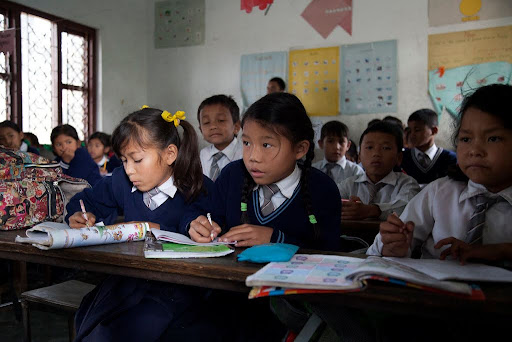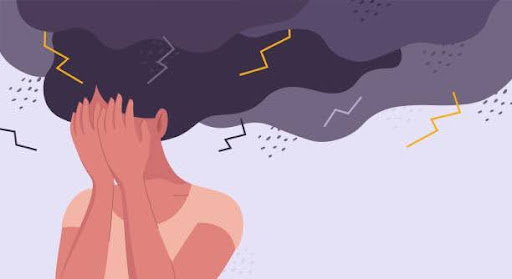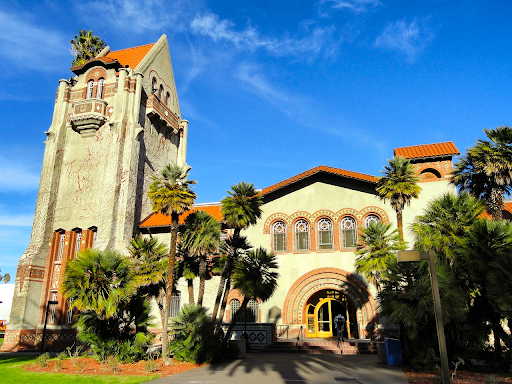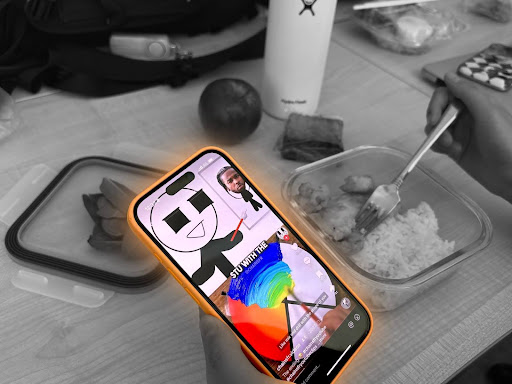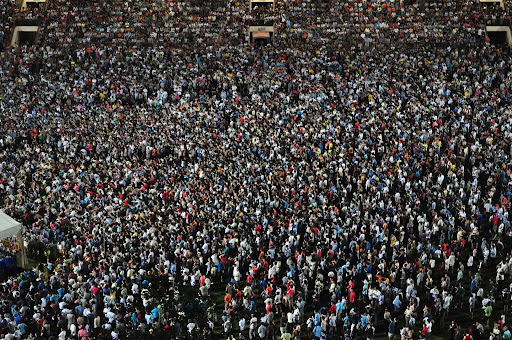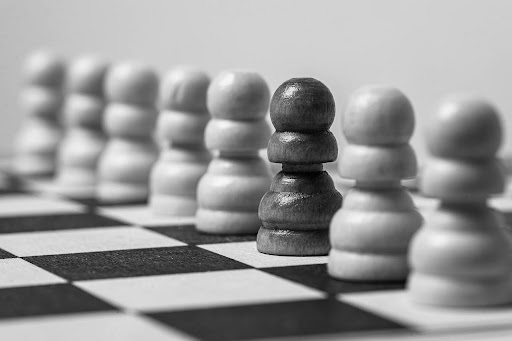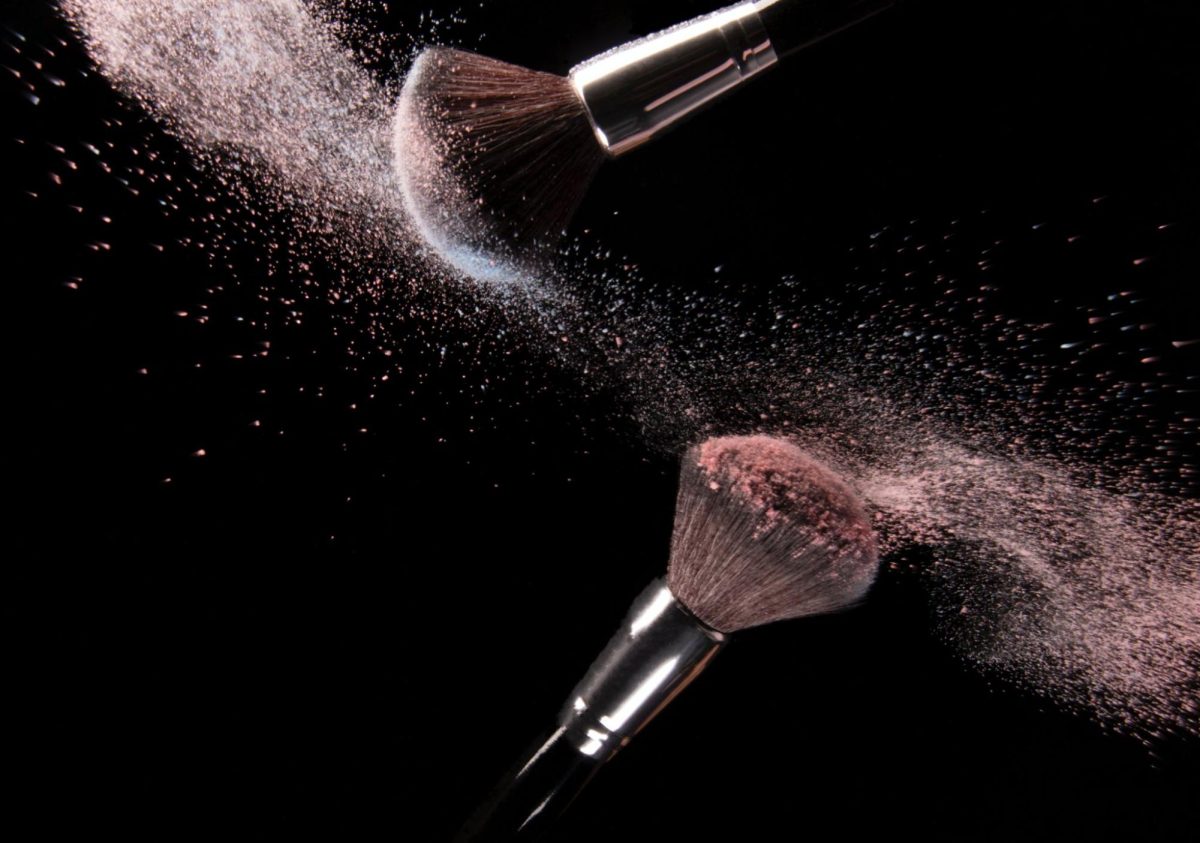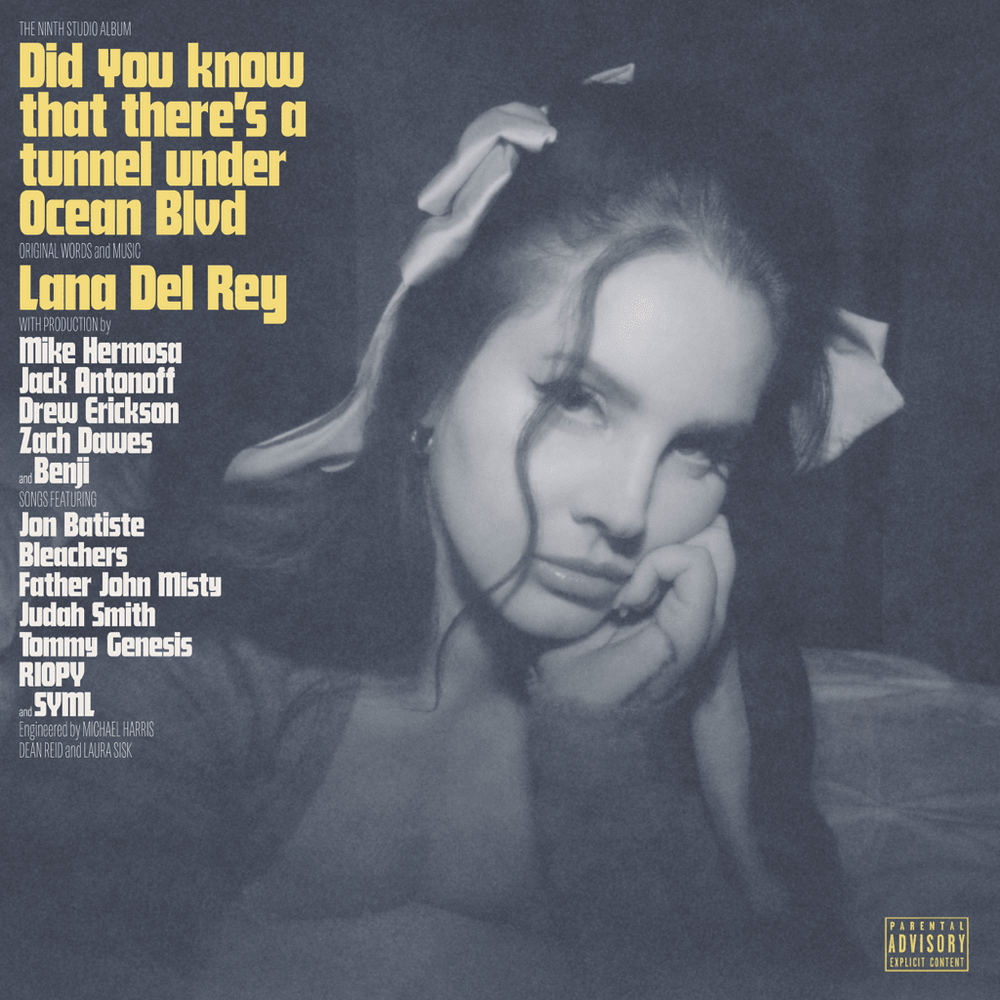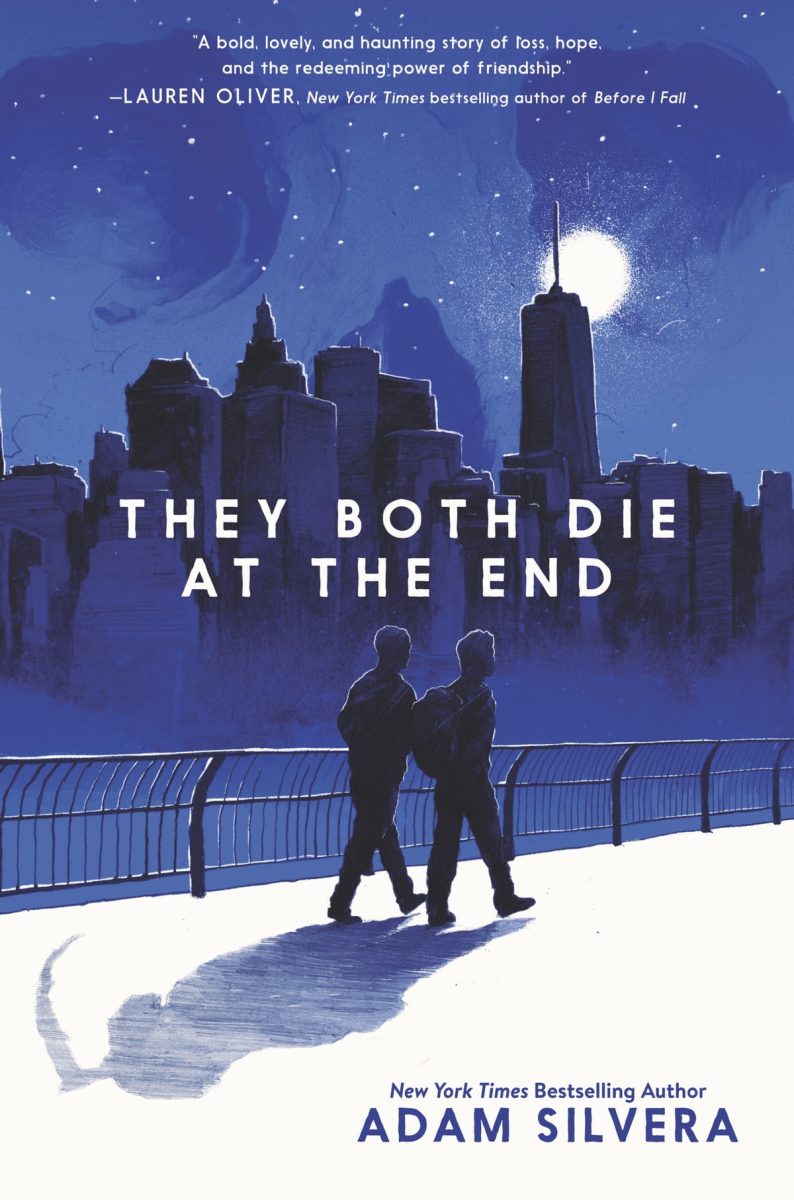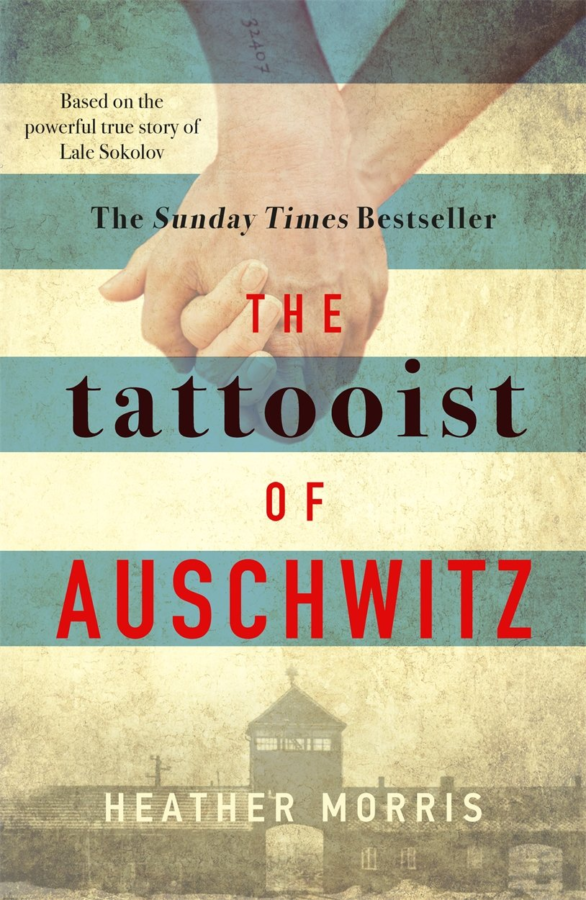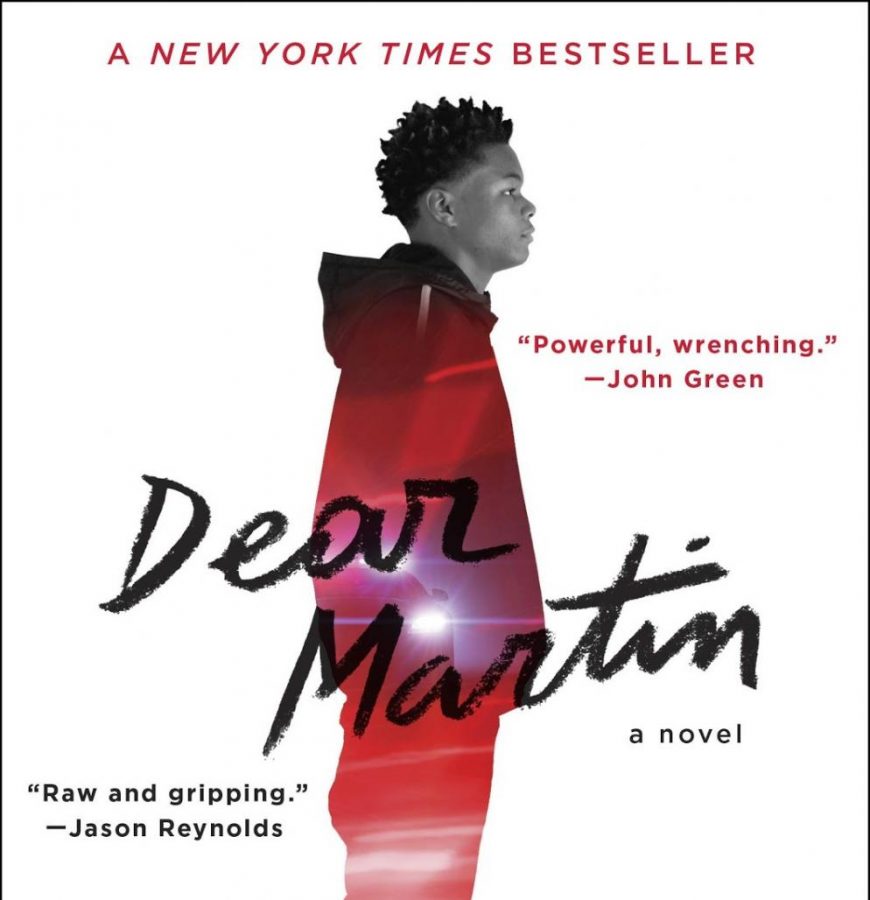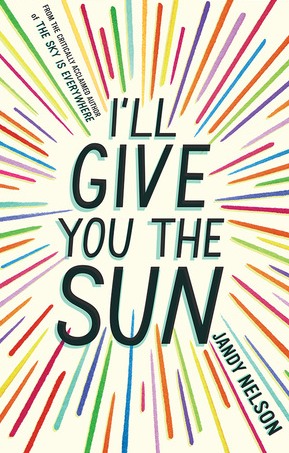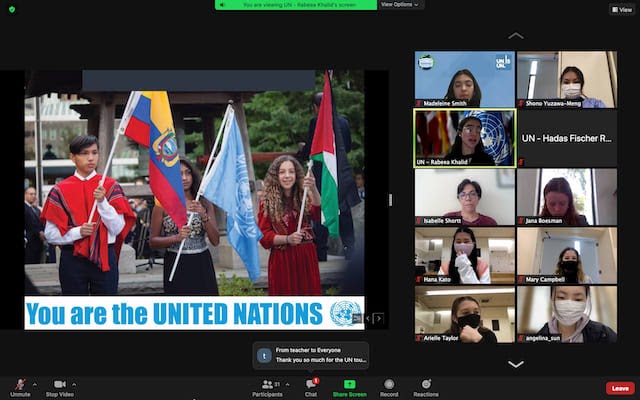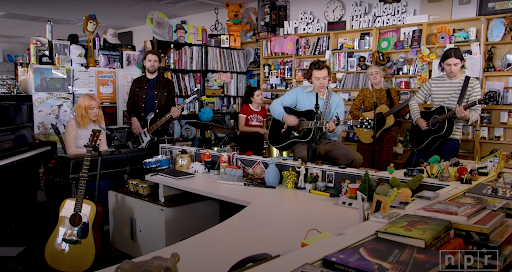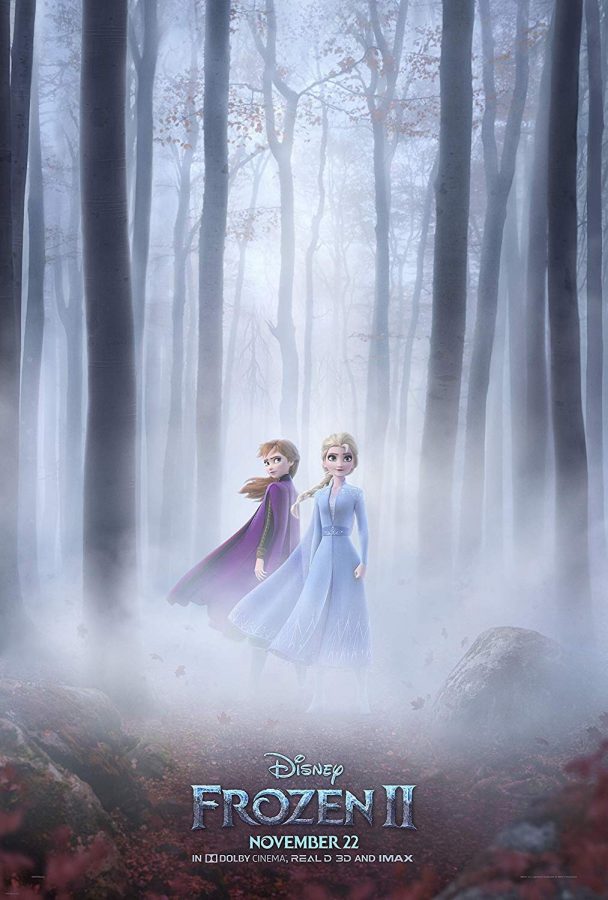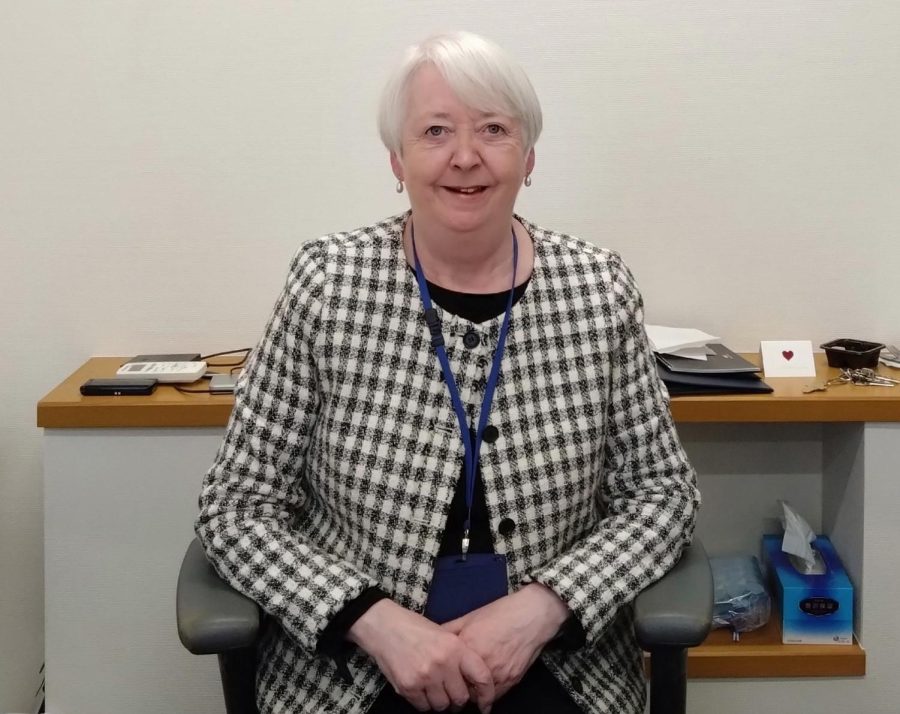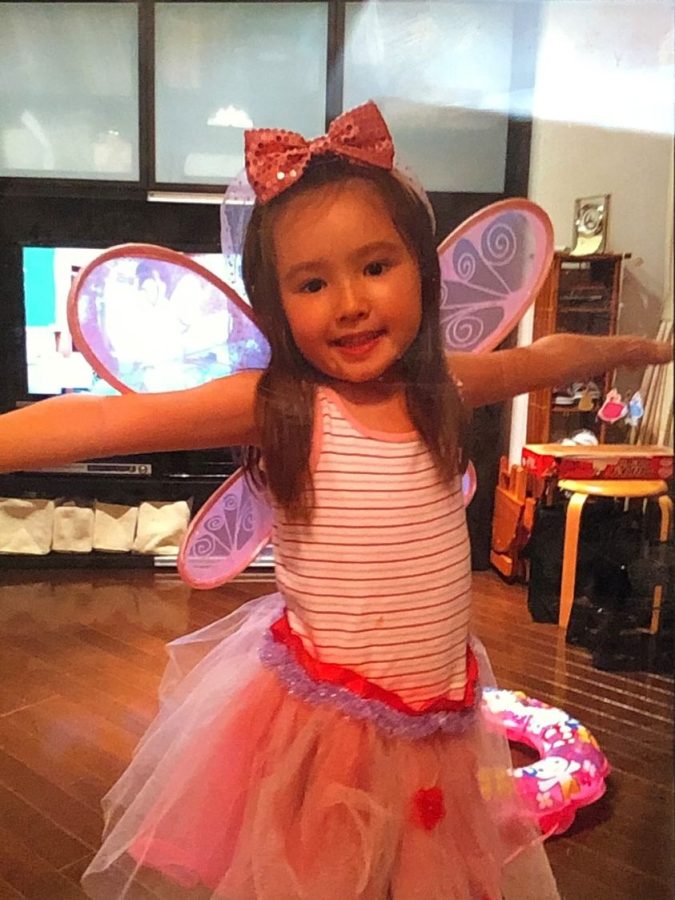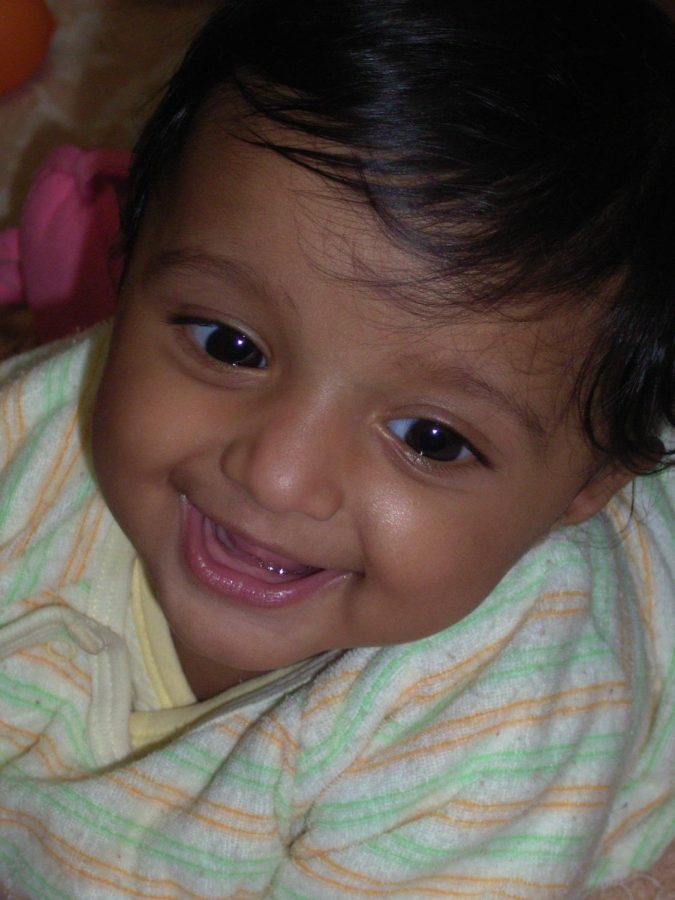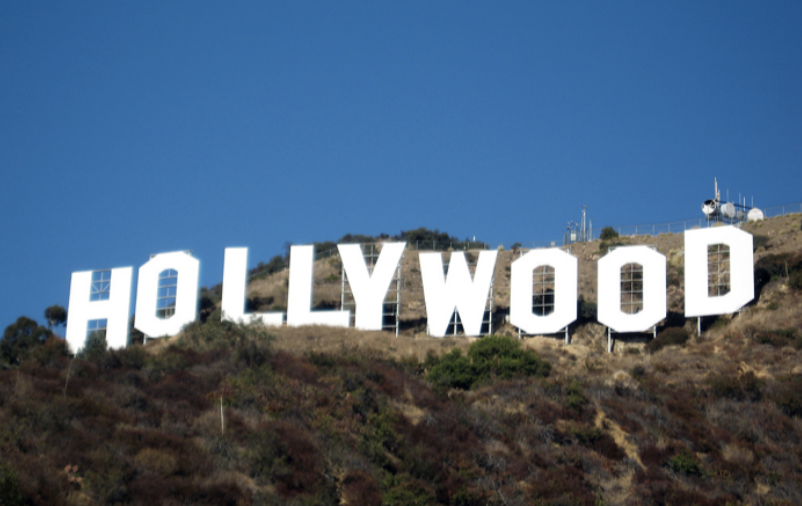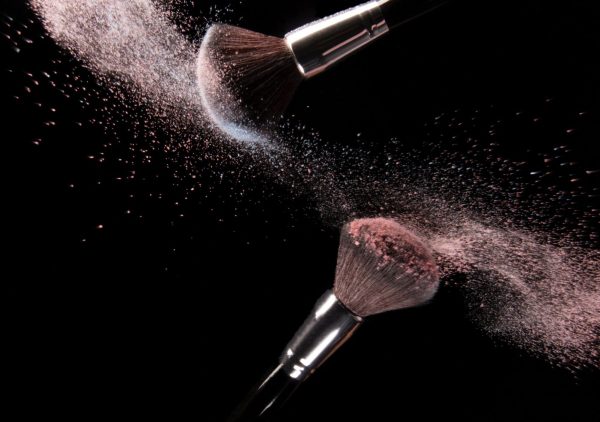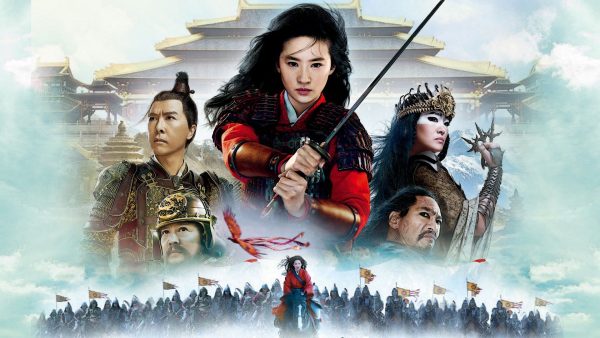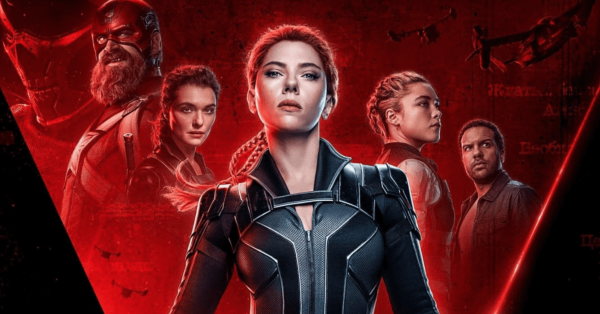Hollywood, it’s time to act: the effects of Hollywood’s diversity problem
November 15, 2018
It’s the 21st century, and Hollywood has yet to provide audiences with accurate racial representations. What Hollywood presents its global audience does not seem to reflect the diverse reality. As media play such a huge role in shaping our lives, it’s important to recognize that Hollywood’s lack of diversity is dangerous – it’s one of the main reasons why stereotypes and racism still persist to this day.
Dominated by white men, narratives featuring racial minorities and women are fewer and less prominent within the film industry. As of 2013, whites make up 62.6% of the total U.S. population, but comprised 73.1% of speaking or leading characters, according to the annual Hollywood diversity report conducted by UCLA. It’s hard not to see why Hollywood is still struggling to deal with #Oscarssowhite, even in 2018.
While you might think movies are just simply … well, movies, the effects of underrepresentation in Hollywood cannot be neglected. The lack of diversity can result in low self-esteem among growing children, especially those with minority ethnic backgrounds.
“Children who are not doing other things besides watching television cannot help but compare themselves to what they see on the screen,” says Kristen Harrison, professor of communication studies at the University of Michigan in a 2012 University of Indiana news article. Considering how quick children are when it comes to processing images and sounds perceived from media, the lack of diverse representation may also lead to minority children and young people to be confused about aspects of their own identity too.
Minorities in the United States grow up in a society where being “white” is suggested to be the “default” or the more “prominent” race by Hollywood films. This confusion caused by the lack of
diversity is especially impactful for teenagers, who are at the stage in life where they are trying to understand and discover where they fit in society.
Unfortunately, it’s hard to deny the existence of stereotyped portrayals even in the 21st century. Stereotypes such as “Nerdy Asian”, “Middle-Eastern terrorist”, “Black thug”, still persist in Hollywood films and media. As a result, most of the roles offered to minorities are limited to what society perceive them to be, based on these stereotypes. Minority actors are often type-casted and not given the same chances to thrive in the film industry in comparison to white actors.
Stereotypes can even be seen and persist among children’s cartoons, both in how characters are drawn and the way they talk – “bad guys” or villains speak in non-American accents and dialects. For example, Dr. Doofenshmirtz, the evil scientist in the cartoon Phineas and Ferb, speaks with a caricature of a German accent and is from the fictional European country Drusselstein. Dialects associated with low socioeconomic status such as the “Italian-American gangster” were often used/spoken by henchmen or assistants to villains. The use of these foreign accents not only reinforce the idea of stereotypes among growing children, it also showcases “the binary distinction of ‘like us[Caucasians]’ versus ‘not like us[Caucasians]’ – villainy is marked just by sounding different”, according to sociolinguist Calvin Gidney in a 2018 The Atlantic article.
Moreover, serious societal impacts can occur as a result from Hollywood’s lack of diverse representation. Non-inclusive cultures are dangerously normalized when minorities are not given the same opportunities on films and media. People within society are more likely to passively accept the underrepresentation of racial diversity.
The correlation between racial diversity in Hollywood and the American society’s views are also closely linked with one another: political scientist Jeremiah J. Garretson’s 2015 study revealed that “when representation of racial minorities, women in the workforce, and LGBT people on television was low, increased consumption of television made people less socially tolerant.” This revelation further suggests that the major decision makers within Hollywood have the ability to change the current racial (and gender) representations – that is, when images and messages presented through these film productions are accurate and inclusive.
In the end, erasing and silencing minorities from Hollywood films may only serve to bolster racist views and reinforce stereotypical images, especially among growing children. With recent viral online movements such as #OscarsSoWhite acknowledging such issue, it’s time for Hollywood to reconsider how minorities are being portrayed and represented among films.

